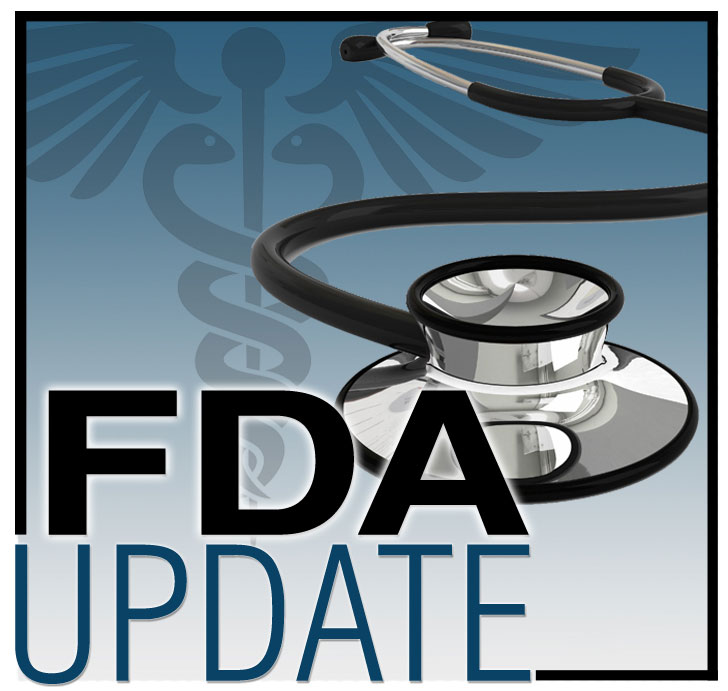On March 6, 2024, the U.S. Food and Drug Administration (FDA) approved inotuzumab ozogamicin (Besponsa®) for pediatric patients aged 1 year and older with relapsed or refractory CD22-positive B-cell precursor acute lymphoblastic leukemia (ALL).

Efficacy was evaluated in a multicenter, single-arm, open-label study in 53 pediatric patients aged 1 year and older with relapsed or refractory CD22-positive B-cell precursor ALL. Researchers evaluated two initial dose levels: 1.4 mg/m2 per cycle in 12 patients and 1.8 mg/m2 per cycle in 41 patients. Patients were premedicated with methylprednisolone 1 mg/kg (maximum of 50 mg), an antipyretic, and an antihistamine. They received a median of 2 therapy cycles (range = 1–4 cycles).
The main efficacy outcome measures were complete remission (CR), duration of CR, and the proportion of patients with minimal residual disease (MRD)–negative CR. CR was defined as less than 5% blasts in the bone marrow and absence of peripheral blood leukemia blasts, full recovery of peripheral blood counts (platelets ≥ 100 × 109 and absolute neutrophil count ≥ 1 × 109/L), and resolution of any extramedullary disease. MRD was defined by leukemic cells comprising less than 1 × 104 (< 0.01%) of bone marrow nucleated cells by flow cytometry or polymerase chain reaction.
Among the 53 patients, 22 (42%, 95% CI = 28.1, 55.9%) achieved CR with a median duration of 8.2 months (95% CI = 2.6, NE). Among the 22 patients with CR, the MRD negativity rate was 95.5% (n = 21; 95% CI = 77.2, 99.9) based on flow cytometry and 86.4% (n = 19; 95% CI = 65.1, 97.1) based on reverse transcriptase polymerase chain reaction.
The most common adverse reactions reported in at least 20% of patients in the clinical trial, including laboratory abnormalities, were thrombocytopenia, pyrexia, anemia, vomiting, infection, hemorrhage, neutropenia, nausea, leukopenia, febrile neutropenia, increased transaminases, abdominal pain, and headache.
For the first cycle, the recommended inotuzumab ozogamicin dose is 1.8 mg/m2, administered as three divided doses on day 1 (0.8 mg/m2), day 8 (0.5 mg/m2), and day 15 (0.5 mg/m2). Cycle 1 is three weeks, but it may be extended to four weeks if the patient achieves a complete remission, has a complete remission with incomplete hematologic recovery, or needs time to recover from toxicity. See the prescribing information for the recommended dosage after the first cycle.
This application was granted priority review and orphan drug designation. FDA-expedited programs are described in the Guidance for Industry: Expedited Programs for Serious Conditions—Drugs and Biologics.
Healthcare professionals should report all serious adverse events suspected to be associated with the use of any medicine and device to FDA’s MedWatch Reporting System or by calling 800-FDA-1088.
For assistance with single-patient applications for investigational oncology products, healthcare professionals may contact the Office of Oncology Excellence’s Project Facilitate at 240-402-0004 or email OncProjectFacilitate@fda.hhs.gov.





